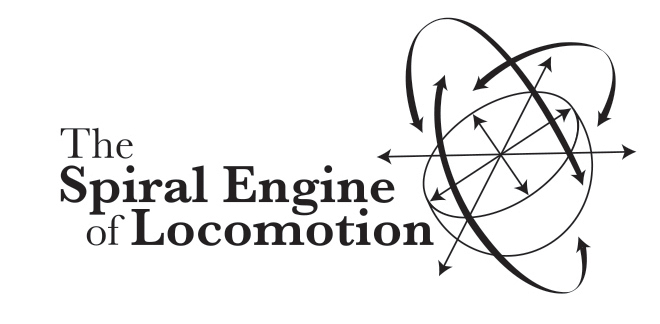
The Functional Compass logo represents the potential of joint movement, articulation, and integration.
The directions of the compass, cardinal and ordinal, are movements that happen across sagittal, frontal, and transverse planes.
Next we have movements that rotate around a plane. These movements have a fulcrum or a midpoint in which the body’s orientation defines the movement. In aeronautics, the terms pitch, roll, and yaw neatly describe movement around a plane.
Pitch is related to the sagittal plane. Forward bends, back bends, and shoulder bridges are examples of the body having a fulcrum allowing movement around the sagittal plane.
Roll is related to the frontal, or coronal plane. Lateral flexion of the neck or side bending are examples of roll. Gate Pose in yoga asana is a favorite posture that uses roll as a means of getting deep into lumbar lateral flexion.
Yaw is related to the transverse plane. The rotary action of turning the head side to side and twists are good examples of yaw. The rotary action of the thoracolumbar fascia is a key component to the walking gait. Without the action of storing and releasing elastic energy through the thoracolumbar fascia, the musculature would be overworked.
When we move, the body doesn’t isolate a muscle or a specific plane of motion. The body integrates across multiple fascial structures, bones, joints and muscles. These integrations create spirals in the body as we move through and around multiple planes at once.
When I look at movement, I ask myself several questions. What do I notice is happening in the body? Who is engaged and is overworked? Who is not engaged and is underworked? Then through investigation, I discern what the structure needs to reengage the players that are disengaged. The Functional Compass provides a road map for that process.